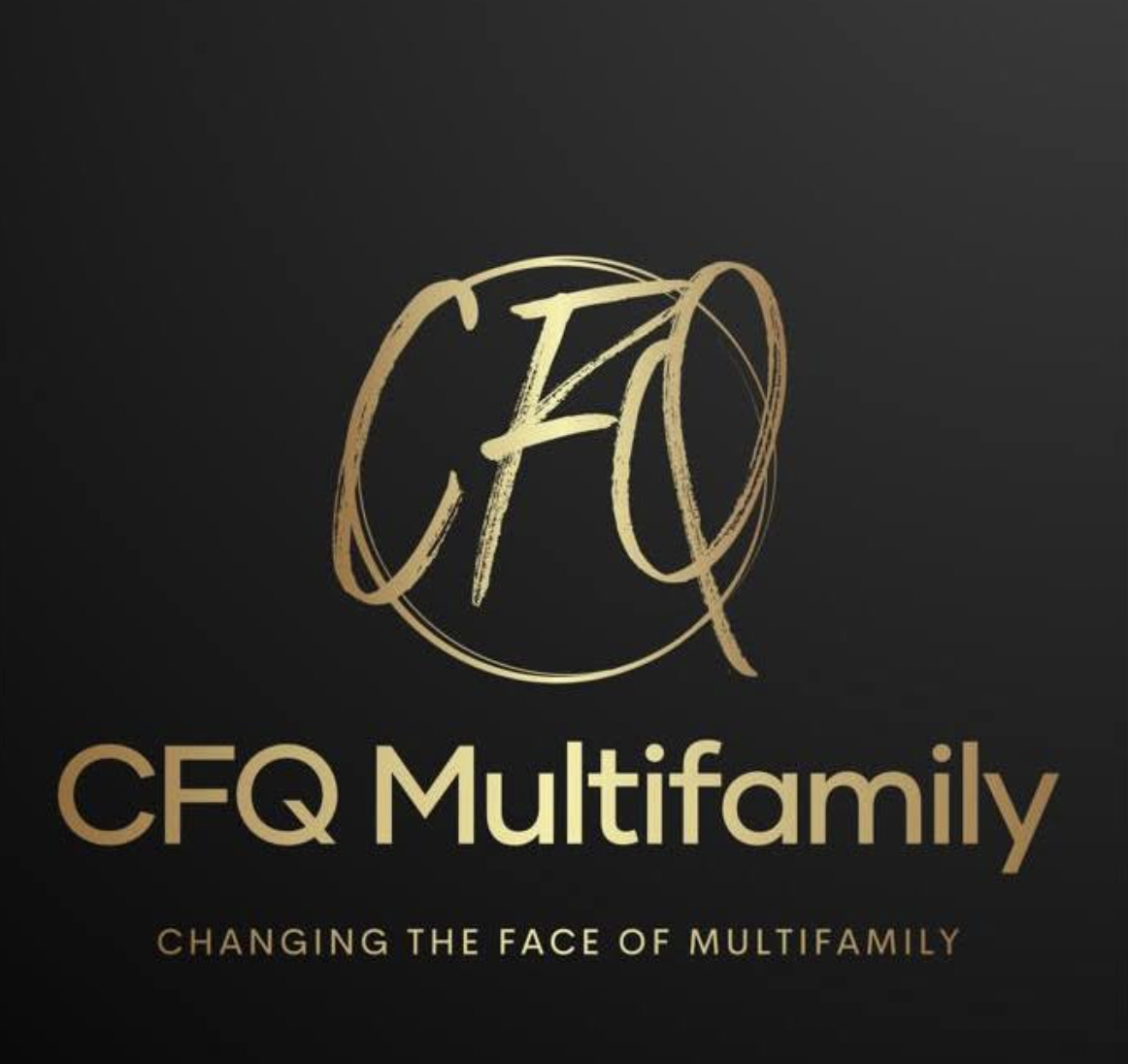Understanding the Roth IRA 5-Year Rule: Basics and Beyond

5-Year Rule Trilogy
One of the most sought-after benefits of the Roth IRA is your capability, about other retirement accounts, to withdraw funds anytime at your desired rate. But in terms of tax-advantaged vehicles, the Internal Revenue Services (“IRS”) will always make anything complicated. While it is true that direct contribution to a Roth can be withdrawn at your desired time, without taxes, withdrawal of other class are more difficult to withdraw without restrictions. Access to the latter is subjected to a waiting period, which is commonly known as the five-year rule.
The five-year rule is applicable in 3 scenarios through account earnings, conversion of the traditional IRA to Roth, and inheriting a Roth IRA. Unless you are eligible for an exception, income taxes and penalties will be applied to you, in violation of the said rule. Roth IRA gives meaningful tax benefits. The money appreciates but tax-free within the account. You do not have to pay income taxes when you withdraw it. But just like any tax benefit tool, there are considerations and restrictions. If you are eyeing to maintain your distributions clear and free of taxes you need to know the important facts.
Important facts:
While relatively less limiting as compared to other accounts, Roth IRA’s do impose a waiting period on some types of withdrawals known as the five-year rule.
The Trilogy: The five-year rule is applicable in three (3) scenarios: (1) If you withdraw account earnings; (2) If you convert the traditional IRA to Roth; and (3) If a beneficiary inherits a Roth IRA.
Failure to abide by the said rule can result in payment of income taxes on earnings withdrawals on top of a ten (10) percent penalty. You need to dig deeper into the nitty-gritty of the five-year trilogy to make sure that withdrawals from your Roth do not activate tax penalties pegged at 10% of the amount is withdrawn and income taxes.
Fundamental parameters in the withdrawal of Roth IRA
Let us take a closer look at Roth. Roth IRA’s are individual retirement accounts that you fund with the use of after-tax dollars. This simply means that you will not obtain tax deductions for contributions when you make them. You will not also incur taxes on distributions when you take them, which is the opposite of the traditional IRA’s.
Roths are funded with “after-tax contributions” which simply means that you will have no tax deduction for performing it on time, and that explains the rationale that no tax is due on the money the moment you withdraw it. Before mulling over the five-year rules, we listed a quick review of the Roth regulations in terms of distributions to which IRS generally means withdrawal:
- You can always withdraw contributions from a Roth IRA with no penalty on top at any age or at any given time.
- When you reach the age of 59.5, you can withdraw both earnings and contributions with no penalty, provided, your Roth IRA has been open for a minimum of five (5) taxable years.
“Tax years” or sometimes regarded as taxable years, relative to five-year rules simply means that the reckoning point is January 1 of the taxable year when the initial contribution was executed. For instance, a Roth IRA contribution for 2020, can be up to July 15, 2021, but the reckoning point begins on January 01, 2020. In this scenario, you could start withdrawing funds without penalty on January 01, 2025, and not July 15, 2025.
A “qualified contribution” is regarded as a withdrawal that is penalty and tax-free.
On the other hand, a “non-qualified distribution” is a type of withdrawal that incurs penalties and taxes. Failing to differentiate the difference between the two types of withdrawal earnings is one of the regular shortcomings of taxpayers.
In totality, if you get a distribution from your Roth IRA earnings before the five-year cutoff, and before reaching the age of 59.5, you are bound to pay income tax and penalty pegged at 10% of your total withdrawn earnings. For regular account owners, the five-year rule is only applicable to funds converted from a traditional IRA and of course, to Roth IRA earnings.
Five-Year rule for Roth IRA Withdrawals
The first of the Five-year rule trilogy is utilized to know if the earnings or interest savings from your Roth IRA are tax-free. To avail of a tax-free withdrawal, you should take earnings on or after you reach the age of 59.5. You can also avail of the tax-free benefit when you withdraw the earnings five years after the first contribution to any Roth IRA you possess.
Please be reminded that for multiple account owners, the reckoning point of the five-year clock begins with your initial contribution to “any” Roth IRA. It is not the one you are withdrawing funds from. As soon as you satisfy the requirement of five years, you are good to go. Any succeeding Roth IRA is automatically held for five (5) years. Rollovers from one Roth IRA to another do not mean that the five-year prescriptive period should be reset.
Five-Year Rule for Roth IRA Conversions
The Next of the five-year trilogy specifies whether the distribution of principal from the conversion of traditional 401k or IRA to a Roth IRA is free from any penalty. You have to realize that you are supposed to pay taxes when you convert from the pre-tax funded account going to Roth. In terms of contributions, the five-year rule for Roth conversions utilizes tax years. However, the conversion must emanate by December 31 of the calendar year.
For example, if you converted your traditional IRA to Roth IRA in November 2020, your five-year period reckons on January 01, 2020. However, if you convert it in February 2021, the five-year period starts on January 01, 2021. Do not be confused with the extra months’ allowance you have to shell out a direct contribution to your Roth.
Each conversion possesses its five-year period. Say, if you converted your traditional IRA to Roth IRA in 2019, the five-year period for assets that were converted will reckon in January 2019. In the same vein, if you convert other traditional IRA assets to a Roth in 2020, the five-year period starts on January 01, 2020. It is a bit confusing but to know whether you are affected by this rule, you need to know whether the funds you now want to obtain comprise converted assets. If the answer is yes, you have to determine what year those conversions were made.
Try to remember this principle in mind: IRS ordering rules state that the oldest conversion should be taken out first. In terms of the order of withdrawals for both IRA’s are contributions, then conversions, and the last is earnings.
If your age is below 59.5 and takes a distribution within five years from conversion, you will shell out a 10% penalty. But this is with the exception:
- You utilize the money up to $10,000 to purchase your first property
- You utilize your money destined for advanced education
- You utilize the money to pay for expenses about adoption or birth
- You died or became disabled
- You utilize the money for medical reimbursements and health insurance premiums while not employed.
- You take distributions in significantly equal installments.
Five-Year Rule for Roth IRA Beneficiaries
It is given that Death is also an exception. When a Roth IRA owner passes, beneficiaries who inherit their account can avail of distribution without having to pay penalties regardless of whether the distributions are earnings or principal.
But, death does not entirely get you off the radar in terms of the five-year rule. If a beneficiary would take a distribution from a Roth IRA that is inherited and was not held for five (5) years, it will automatically be subjected to tax. But with the help of the withdrawal order stated earlier, you may still end up not having to pay any tax because earnings are placed at the last part of the IRA to be distributed.
Stretch IRA. Beneficiaries of Roth IRA have to take required minimum distributions (RMDs) from the IRA until they are regarded as original account owners. They have several alternatives as to the schedules. Before, non-spouses inheriting retirement accounts could spread out disbursements over their existence. This is more commonly known as the “Stretch IRA”. But after the enactment of the SECURE Act of 2019, this provision was eradicated and repealed. The new rules say that it will need a full payout coming from the inherited IRA within ten (10) years from the death of the decedent which is the original account holder. But, this is only applicable to heirs of the decedent-account holders who died in 2020 onwards.
With the five-year prescriptive period, one has the flexibility of taking a lump sum each year or distribution at any time before December 31. Also, be cautious that if you fail to entirely drain the IRA by December 31 of that fifth and last year, you will incur a penalty of 50% of the amount left in your account.
Roth IRA Beneficiaries under the recently enacted SECURE Act
SECURE, or more widely known as Setting Every Community Up for Retirement Enhancement Act of 2019 has altered the key regulations destined for IRA beneficiaries. Before, anyone who inherited a Roth IRA could select to take distributions stretch during the entire existence. This was part of the provision in “Stretch IRA”. But, under the newly enacted law, only a spouse has the permission to stretch the Roth IRA throughout his/her existence. Any other heirs/beneficiaries like a child must be able to close the said account within ten (10) years.
There is a third 5-year rule that applies to Roth IRA Beneficiaries. Specified Beneficiaries have the choice of stretching the statutorily required minimum distributions (RMDs) inherited from Roth IRAs. The option to stretch is either via the five-year rule or over the life expectancy of the same. Hence, under the newly enacted law, this is only applicable to beneficiaries who are spouses. The rest of the beneficiaries must cash out within a decade.
In some rare scenarios, the documents of the Roth IRA may determine the five-year rule. If you elect the five-year option, the inherited Roth IRA proceeds must be distributed on or before December 31 of the fifth year following the year of the original owner or decedent’s death. Within the five-year prescriptive period, one has the entire flexibility in terms of distributions. You can obtain your lump sum or make a withdrawal every year. You just need to make sure that the Roth IRA is all withdrawn by or before the end of the five years and you will be incurred a 50% penalty on the amount not withdrawn in the year.
If the account has not been opened that long, you can try a few alternatives:
- Disclaim the assets that are inherited. You can opt not to accept the funds if you do not need the money or do not want to face tax consequences.
- Perform a lump sum withdrawal. You will have to pay taxes on the earnings of the account all at one time. However, this might be more effective if you are placed in a low bracket.
- Withdraw your money yearly about your life expectancy. This alternative is available to minor children of the decedent as well as the surviving spouse. This is also applicable for chronically ill individuals, persons with a disability, and beneficiaries who are less than ten (10) years younger than the decedent; a sibling is a good example.
- Roll the money inherited into your own Roth IRA or open a new Roth IRA Account. This is only applicable to surviving spouses.
- Defer withdrawals. You can just leave the money in the account until the five-year mark has lapsed.
Bottom line. Roth IRA’s can be an effective source of tax-free income, but it is imperative to comprehend the nuances of the withdrawal parameters and regulations specifically the five-year rule. Breaking the rule can be pricey, especially if your age is below 59/5. So, your approach should be planned carefully. Otherwise, you can end up paying taxes and penalties.
WE ARE LOOKING FOR MORE INVESTORS LIKE YOU PLEASE HIT THE forward button ABOVE to quickly
send to a friend who can benefit from our strategic, forward-thinking strategies and investments.
Our Ideal investors are usually one of these individuals:
- Ultimate passive investors
- Women with 1031 exchange over 500k
- High Net Worth individuals
- Doctors
- Dentists
- Engineers
- Individuals who worked for a major company for over Ten (10) Years
- Real estate brokers/agents
- Female Athletes
- Agie Women
- Women CEO/Founder
- Socialites/society
- Dutchess/heiress
- Individuals with pension fund
- Endowments
- Women-owned family offices or offices/funds that support the social initiative to teach financial literacy to women
- Angel investors supporting women
Take the QUALIFYING QUIZ NOW!
To be qualified for our next investment Let me give you our investor quiz so you’ll be put on the list for events and deals
You
can find my form “The Apartment Queen™ Investor Questionnaire” at https://form.jotform.com/200207883604451
Kaylee McMahon
Apartment investor/TREC Brokerage, LLC Owner
C: 469-990-4627 (text or call)
IG: The Apartment Queen






